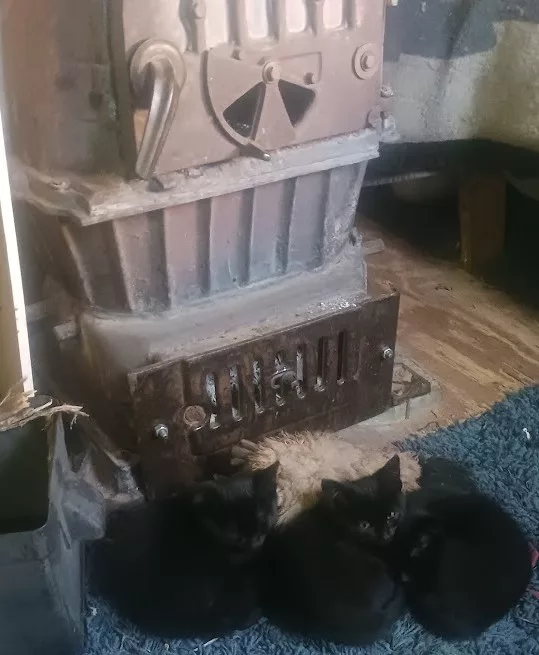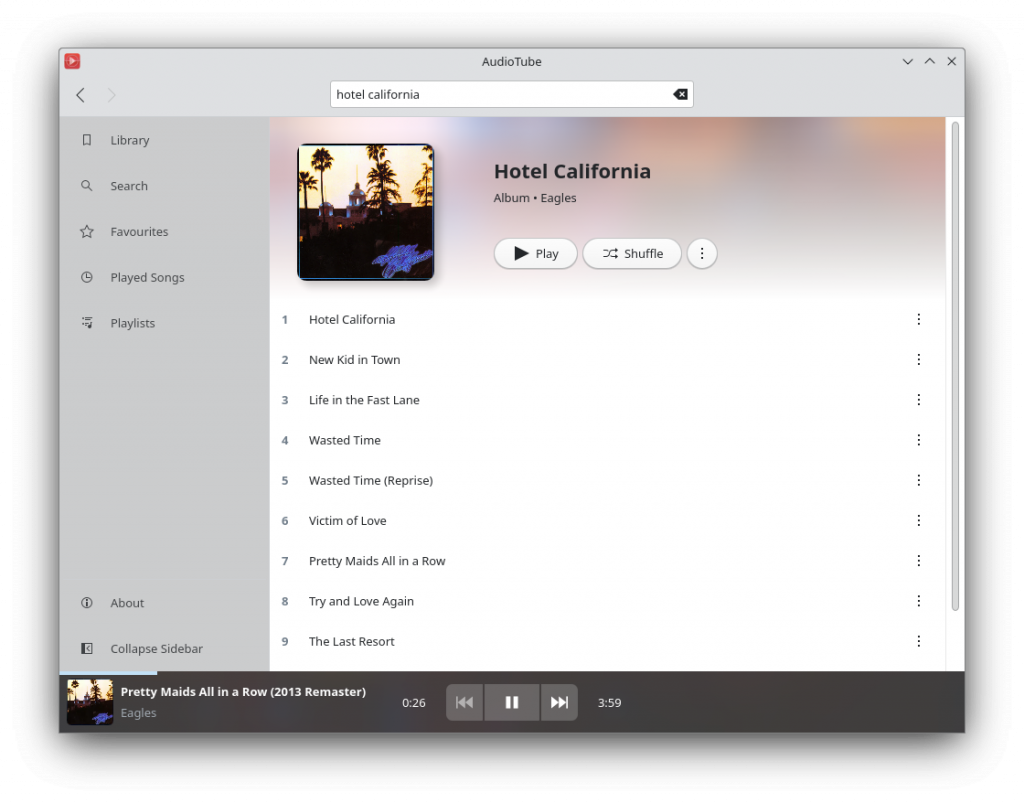Freexian Collaborators: Monthly report about Debian Long Term Support, November 2023 (by Roberto C. S nchez)

 Like each month, have a look at the work funded by Freexian s Debian LTS offering.
Some notable fixes which were made in LTS during the month of November include the gnutls28 cryptographic library and the freerdp2 Remote Desktop Protocol client/server implementation. The gnutls28 update was prepared by LTS contributor Markus Koschany and dealt with a timing attack which could be used to compromise a cryptographic system, while the freerdp2 update was prepared by LTS contributor Tobias Frost and is the result of work spanning 3 months to deal with dozens of vulnerabilities.
In addition to the many ordinary LTS tasks which were completed (CVE triage, patch backports, package updates, etc), there were several contributions by LTS contributors for the benefit of Debian stable and old-stable releases, as well as for the benefit of upstream projects. LTS contributor Abhijith PA uploaded an update of the puma package to unstable in order to fix a vulnerability in that package while LTS contributor Thosten Alteholz sponsored an upload to unstable of libde265 and himself made corresponding uploads of libde265 to Debian stable and old-stable. LTS contributor Bastien Roucari s developed patches for vulnerabilities in zbar and audiofile which were then provided to the respective upstream projects. Updates to packages in Debian stable were made by Markus Koschany to deal with security vulnerabilities and by Chris Lamb to deal with some non-security bugs.
As always, the LTS strives to provide high quality updates to packages under the direct purview of the LTS team while also rendering assistance to maintainers, the stable security team, and upstream developers whenever practical.
Like each month, have a look at the work funded by Freexian s Debian LTS offering.
Some notable fixes which were made in LTS during the month of November include the gnutls28 cryptographic library and the freerdp2 Remote Desktop Protocol client/server implementation. The gnutls28 update was prepared by LTS contributor Markus Koschany and dealt with a timing attack which could be used to compromise a cryptographic system, while the freerdp2 update was prepared by LTS contributor Tobias Frost and is the result of work spanning 3 months to deal with dozens of vulnerabilities.
In addition to the many ordinary LTS tasks which were completed (CVE triage, patch backports, package updates, etc), there were several contributions by LTS contributors for the benefit of Debian stable and old-stable releases, as well as for the benefit of upstream projects. LTS contributor Abhijith PA uploaded an update of the puma package to unstable in order to fix a vulnerability in that package while LTS contributor Thosten Alteholz sponsored an upload to unstable of libde265 and himself made corresponding uploads of libde265 to Debian stable and old-stable. LTS contributor Bastien Roucari s developed patches for vulnerabilities in zbar and audiofile which were then provided to the respective upstream projects. Updates to packages in Debian stable were made by Markus Koschany to deal with security vulnerabilities and by Chris Lamb to deal with some non-security bugs.
As always, the LTS strives to provide high quality updates to packages under the direct purview of the LTS team while also rendering assistance to maintainers, the stable security team, and upstream developers whenever practical.
Debian LTS contributors
In November, 18 contributors have been paid to work on Debian
LTS, their reports are available:
- Abhijith PA
did 7.0h (out of 0h assigned and 14.0h from previous period), thus carrying over 7.0h to the next month.
- Adrian Bunk
did 15.0h (out of 14.0h assigned and 9.75h from previous period), thus carrying over 8.75h to the next month.
- Anton Gladky
did 10.0h (out of 9.5h assigned and 5.5h from previous period), thus carrying over 5.0h to the next month.
- Bastien Roucari s
did 16.0h (out of 18.25h assigned and 1.75h from previous period), thus carrying over 4.0h to the next month.
- Ben Hutchings
did 12.0h (out of 16.5h assigned and 12.25h from previous period), thus carrying over 16.75h to the next month.
- Chris Lamb
did 18.0h (out of 17.25h assigned and 0.75h from previous period).
- Emilio Pozuelo Monfort
did 15.5h (out of 23.5h assigned and 0.25h from previous period), thus carrying over 8.25h to the next month.
- Guilhem Moulin
did 13.0h (out of 12.0h assigned and 8.0h from previous period), thus carrying over 7.0h to the next month.
- Lee Garrett
did 14.5h (out of 16.75h assigned and 7.0h from previous period), thus carrying over 9.25h to the next month.
- Markus Koschany
did 30.0h (out of 30.0h assigned).
- Ola Lundqvist
did 6.5h (out of 8.25h assigned and 15.5h from previous period), thus carrying over 17.25h to the next month.
- Roberto C. S nchez
did 5.5h (out of 12.0h assigned), thus carrying over 6.5h to the next month.
- Santiago Ruano Rinc n
did 3.25h (out of 13.62h assigned and 2.375h from previous period), thus carrying over 12.745h to the next month.
- Sean Whitton
did 3.25h (out of 10.0h assigned), thus carrying over 6.75h to the next month.
- Sylvain Beucler
did 10.0h (out of 13.5h assigned and 10.25h from previous period), thus carrying over 13.75h to the next month.
- Thorsten Alteholz
did 14.0h (out of 14.0h assigned).
- Tobias Frost
did 12.0h (out of 12.0h assigned).
- Utkarsh Gupta
did 0.0h (out of 6.0h assigned and 17.75h from previous period), thus carrying over 23.75h to the next month.
Evolution of the situation
In November, we have released 35 DLAs.
Thanks to our sponsors
Sponsors that joined recently are in bold.
- Platinum sponsors:
- TOSHIBA (for 99 months)
- Civil Infrastructure Platform (CIP) (for 67 months)
- Gold sponsors:
- Roche Diagnostics International AG (for 110 months)
- Linode (for 104 months)
- Babiel GmbH (for 93 months)
- Plat Home (for 93 months)
- University of Oxford (for 49 months)
- Deveryware (for 36 months)
- VyOS Inc (for 31 months)
- EDF SA (for 20 months)
- Silver sponsors:
- Domeneshop AS (for 114 months)
- Nantes M tropole (for 108 months)
- Univention GmbH (for 100 months)
- Universit Jean Monnet de St Etienne (for 100 months)
- Ribbon Communications, Inc. (for 94 months)
- Exonet B.V. (for 84 months)
- Leibniz Rechenzentrum (for 78 months)
- CINECA (for 67 months)
- Minist re de l Europe et des Affaires trang res (for 61 months)
- Cloudways Ltd (for 51 months)
- Dinahosting SL (for 49 months)
- Bauer Xcel Media Deutschland KG (for 43 months)
- Platform.sh SAS (for 43 months)
- Moxa Inc. (for 37 months)
- sipgate GmbH (for 34 months)
- OVH US LLC (for 32 months)
- Tilburg University (for 32 months)
- GSI Helmholtzzentrum f r Schwerionenforschung GmbH (for 23 months)
- Soliton Systems K.K. (for 21 months)
- Bronze sponsors:
- Evolix (for 115 months)
- Seznam.cz, a.s. (for 115 months)
- Intevation GmbH (for 112 months)
- Linuxhotel GmbH (for 112 months)
- Daevel SARL (for 110 months)
- Bitfolk LTD (for 109 months)
- Megaspace Internet Services GmbH (for 109 months)
- Greenbone AG (for 108 months)
- NUMLOG (for 108 months)
- WinGo AG (for 108 months)
- Ecole Centrale de Nantes - LHEEA (for 104 months)
- Entr ouvert (for 99 months)
- Adfinis AG (for 96 months)
- GNI MEDIA (for 91 months)
- Laboratoire LEGI - UMR 5519 / CNRS (for 91 months)
- Tesorion (for 91 months)
- Bearstech (for 82 months)
- LiHAS (for 82 months)
- Catalyst IT Ltd (for 77 months)
- Supagro (for 72 months)
- Demarcq SAS (for 71 months)
- Universit Grenoble Alpes (for 57 months)
- TouchWeb SAS (for 49 months)
- SPiN AG (for 46 months)
- CoreFiling (for 41 months)
- Institut des sciences cognitives Marc Jeannerod (for 36 months)
- Observatoire des Sciences de l Univers de Grenoble (for 33 months)
- Tem Innovations GmbH (for 27 months)
- WordFinder.pro (for 27 months)
- CNRS DT INSU R sif (for 26 months)
- Alter Way (for 19 months)
- Institut Camille Jordan (for 8 months)
Thanks to our sponsors
Sponsors that joined recently are in bold.
- Platinum sponsors:
- TOSHIBA (for 99 months)
- Civil Infrastructure Platform (CIP) (for 67 months)
- Gold sponsors:
- Roche Diagnostics International AG (for 110 months)
- Linode (for 104 months)
- Babiel GmbH (for 93 months)
- Plat Home (for 93 months)
- University of Oxford (for 49 months)
- Deveryware (for 36 months)
- VyOS Inc (for 31 months)
- EDF SA (for 20 months)
- Silver sponsors:
- Domeneshop AS (for 114 months)
- Nantes M tropole (for 108 months)
- Univention GmbH (for 100 months)
- Universit Jean Monnet de St Etienne (for 100 months)
- Ribbon Communications, Inc. (for 94 months)
- Exonet B.V. (for 84 months)
- Leibniz Rechenzentrum (for 78 months)
- CINECA (for 67 months)
- Minist re de l Europe et des Affaires trang res (for 61 months)
- Cloudways Ltd (for 51 months)
- Dinahosting SL (for 49 months)
- Bauer Xcel Media Deutschland KG (for 43 months)
- Platform.sh SAS (for 43 months)
- Moxa Inc. (for 37 months)
- sipgate GmbH (for 34 months)
- OVH US LLC (for 32 months)
- Tilburg University (for 32 months)
- GSI Helmholtzzentrum f r Schwerionenforschung GmbH (for 23 months)
- Soliton Systems K.K. (for 21 months)
- Bronze sponsors:
- Evolix (for 115 months)
- Seznam.cz, a.s. (for 115 months)
- Intevation GmbH (for 112 months)
- Linuxhotel GmbH (for 112 months)
- Daevel SARL (for 110 months)
- Bitfolk LTD (for 109 months)
- Megaspace Internet Services GmbH (for 109 months)
- Greenbone AG (for 108 months)
- NUMLOG (for 108 months)
- WinGo AG (for 108 months)
- Ecole Centrale de Nantes - LHEEA (for 104 months)
- Entr ouvert (for 99 months)
- Adfinis AG (for 96 months)
- GNI MEDIA (for 91 months)
- Laboratoire LEGI - UMR 5519 / CNRS (for 91 months)
- Tesorion (for 91 months)
- Bearstech (for 82 months)
- LiHAS (for 82 months)
- Catalyst IT Ltd (for 77 months)
- Supagro (for 72 months)
- Demarcq SAS (for 71 months)
- Universit Grenoble Alpes (for 57 months)
- TouchWeb SAS (for 49 months)
- SPiN AG (for 46 months)
- CoreFiling (for 41 months)
- Institut des sciences cognitives Marc Jeannerod (for 36 months)
- Observatoire des Sciences de l Univers de Grenoble (for 33 months)
- Tem Innovations GmbH (for 27 months)
- WordFinder.pro (for 27 months)
- CNRS DT INSU R sif (for 26 months)
- Alter Way (for 19 months)
- Institut Camille Jordan (for 8 months)
- TOSHIBA (for 99 months)
- Civil Infrastructure Platform (CIP) (for 67 months)
- Roche Diagnostics International AG (for 110 months)
- Linode (for 104 months)
- Babiel GmbH (for 93 months)
- Plat Home (for 93 months)
- University of Oxford (for 49 months)
- Deveryware (for 36 months)
- VyOS Inc (for 31 months)
- EDF SA (for 20 months)
- Domeneshop AS (for 114 months)
- Nantes M tropole (for 108 months)
- Univention GmbH (for 100 months)
- Universit Jean Monnet de St Etienne (for 100 months)
- Ribbon Communications, Inc. (for 94 months)
- Exonet B.V. (for 84 months)
- Leibniz Rechenzentrum (for 78 months)
- CINECA (for 67 months)
- Minist re de l Europe et des Affaires trang res (for 61 months)
- Cloudways Ltd (for 51 months)
- Dinahosting SL (for 49 months)
- Bauer Xcel Media Deutschland KG (for 43 months)
- Platform.sh SAS (for 43 months)
- Moxa Inc. (for 37 months)
- sipgate GmbH (for 34 months)
- OVH US LLC (for 32 months)
- Tilburg University (for 32 months)
- GSI Helmholtzzentrum f r Schwerionenforschung GmbH (for 23 months)
- Soliton Systems K.K. (for 21 months)
- Evolix (for 115 months)
- Seznam.cz, a.s. (for 115 months)
- Intevation GmbH (for 112 months)
- Linuxhotel GmbH (for 112 months)
- Daevel SARL (for 110 months)
- Bitfolk LTD (for 109 months)
- Megaspace Internet Services GmbH (for 109 months)
- Greenbone AG (for 108 months)
- NUMLOG (for 108 months)
- WinGo AG (for 108 months)
- Ecole Centrale de Nantes - LHEEA (for 104 months)
- Entr ouvert (for 99 months)
- Adfinis AG (for 96 months)
- GNI MEDIA (for 91 months)
- Laboratoire LEGI - UMR 5519 / CNRS (for 91 months)
- Tesorion (for 91 months)
- Bearstech (for 82 months)
- LiHAS (for 82 months)
- Catalyst IT Ltd (for 77 months)
- Supagro (for 72 months)
- Demarcq SAS (for 71 months)
- Universit Grenoble Alpes (for 57 months)
- TouchWeb SAS (for 49 months)
- SPiN AG (for 46 months)
- CoreFiling (for 41 months)
- Institut des sciences cognitives Marc Jeannerod (for 36 months)
- Observatoire des Sciences de l Univers de Grenoble (for 33 months)
- Tem Innovations GmbH (for 27 months)
- WordFinder.pro (for 27 months)
- CNRS DT INSU R sif (for 26 months)
- Alter Way (for 19 months)
- Institut Camille Jordan (for 8 months)

 A new release of my mixed collection of things package
A new release of my mixed collection of things package  Did a tea ceremony yesterday. Having fun talking about stuff is the most important part.
Did a tea ceremony yesterday. Having fun talking about stuff is the most important part.

 Check it out
Check it out 
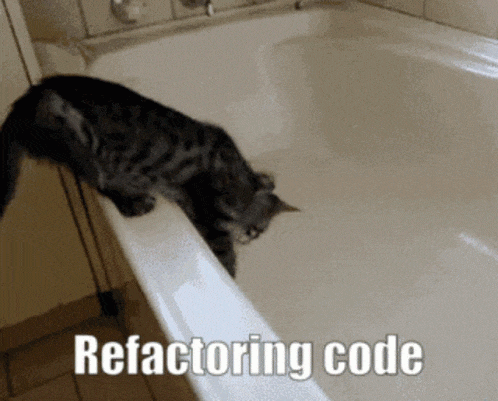

 The DRM/KMS framework provides the atomic API for color management through KMS
properties represented by
The DRM/KMS framework provides the atomic API for color management through KMS
properties represented by 
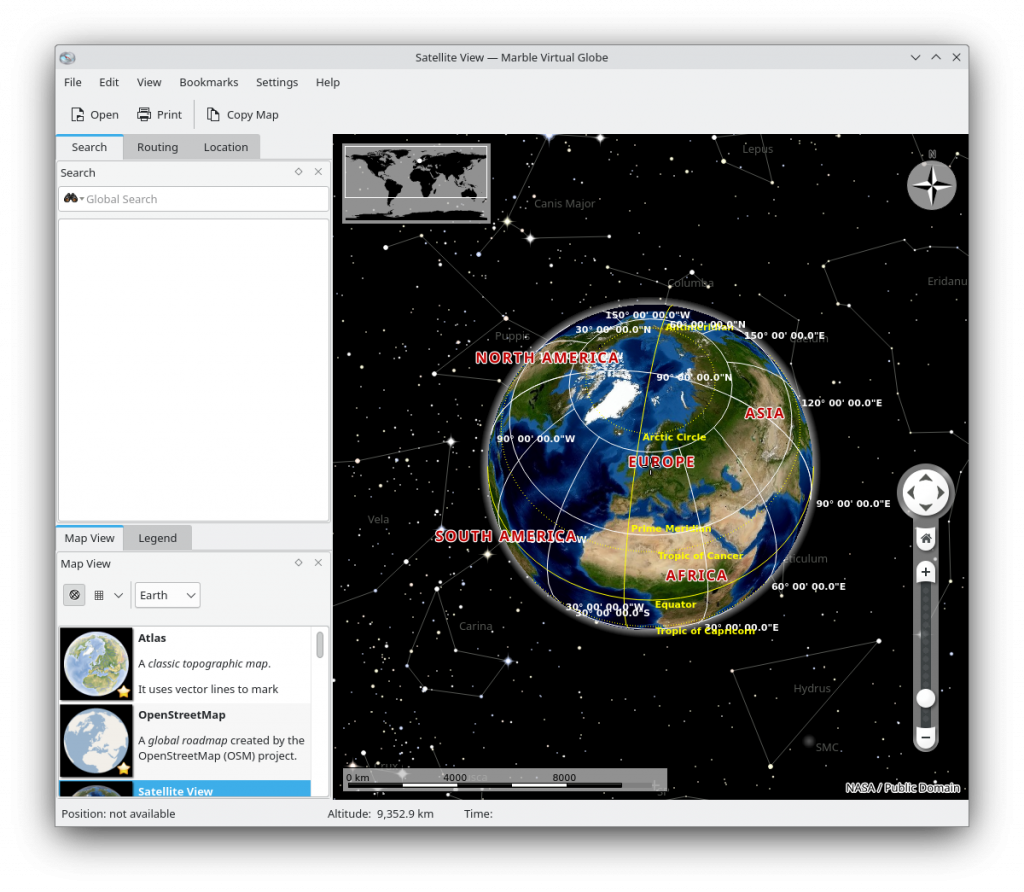
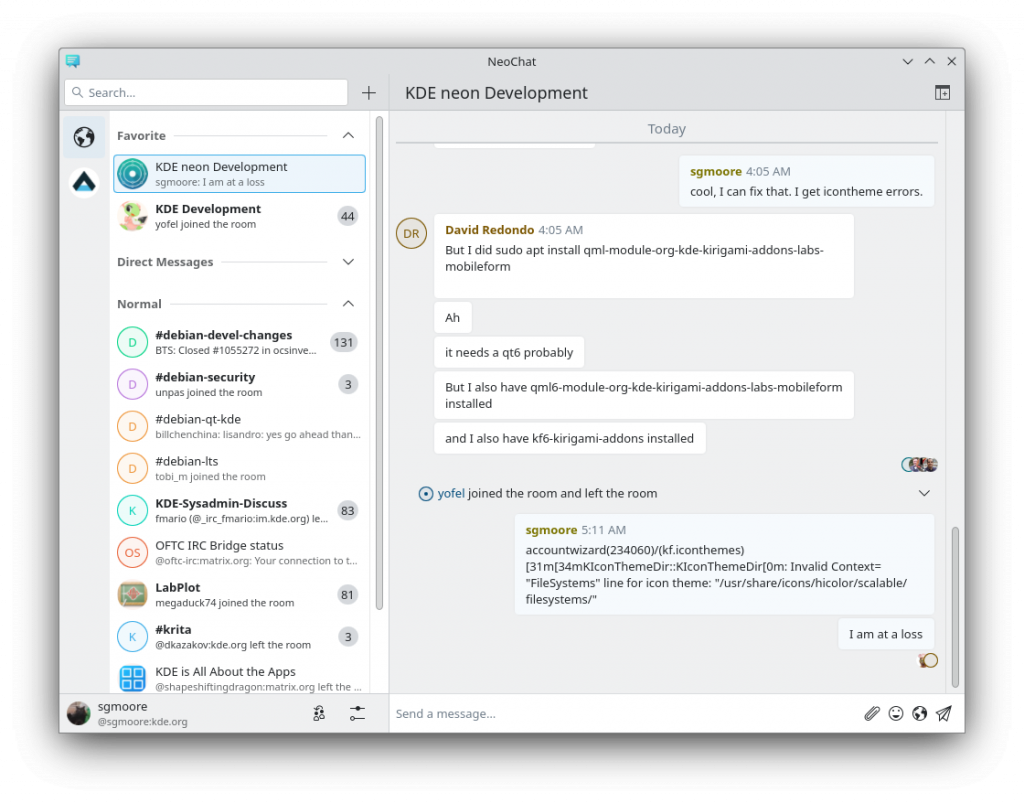
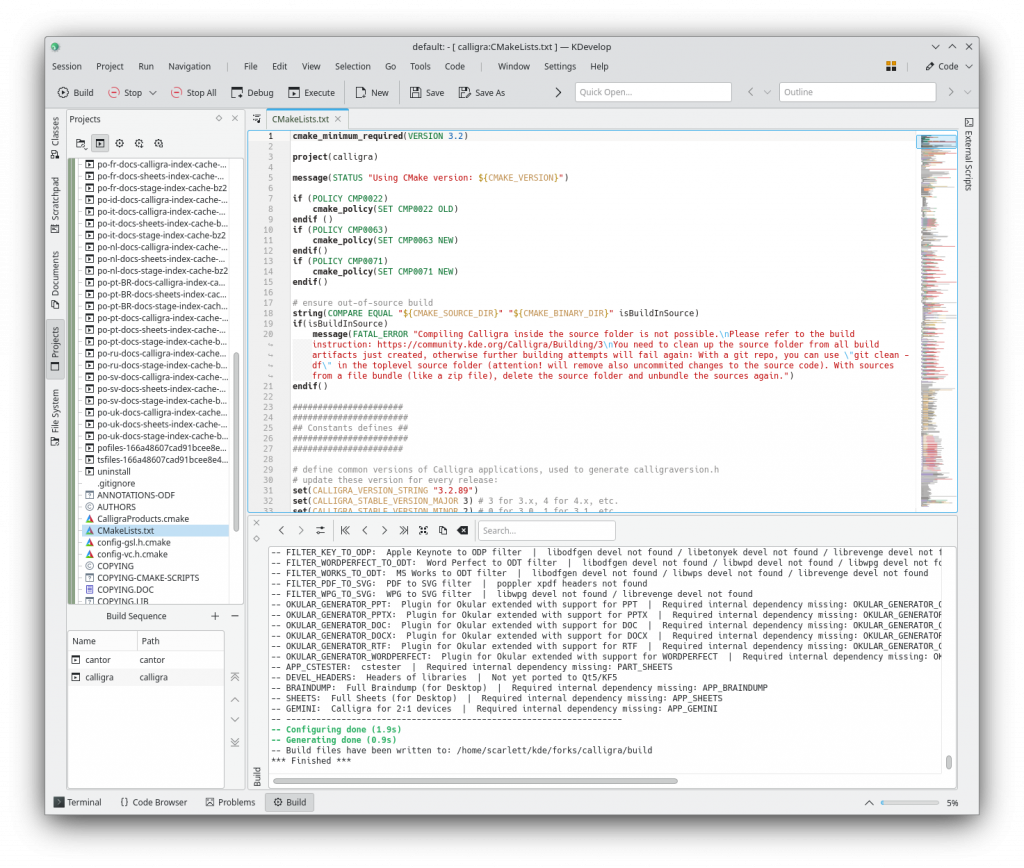
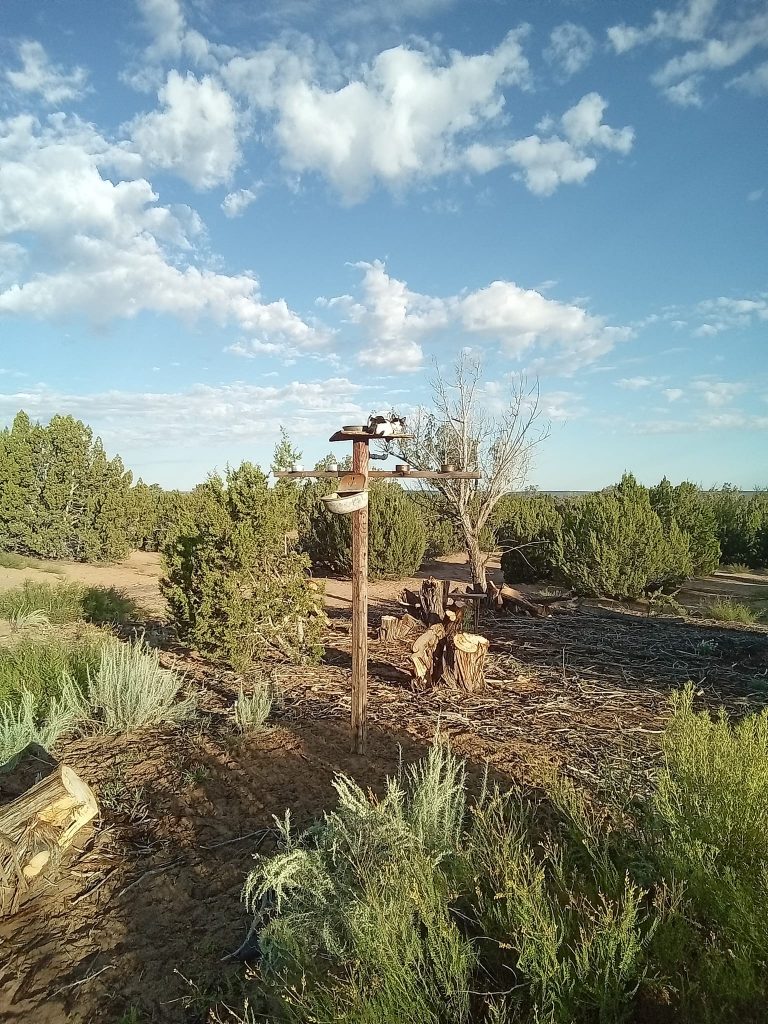 Yang the cat bird
Yang the cat bird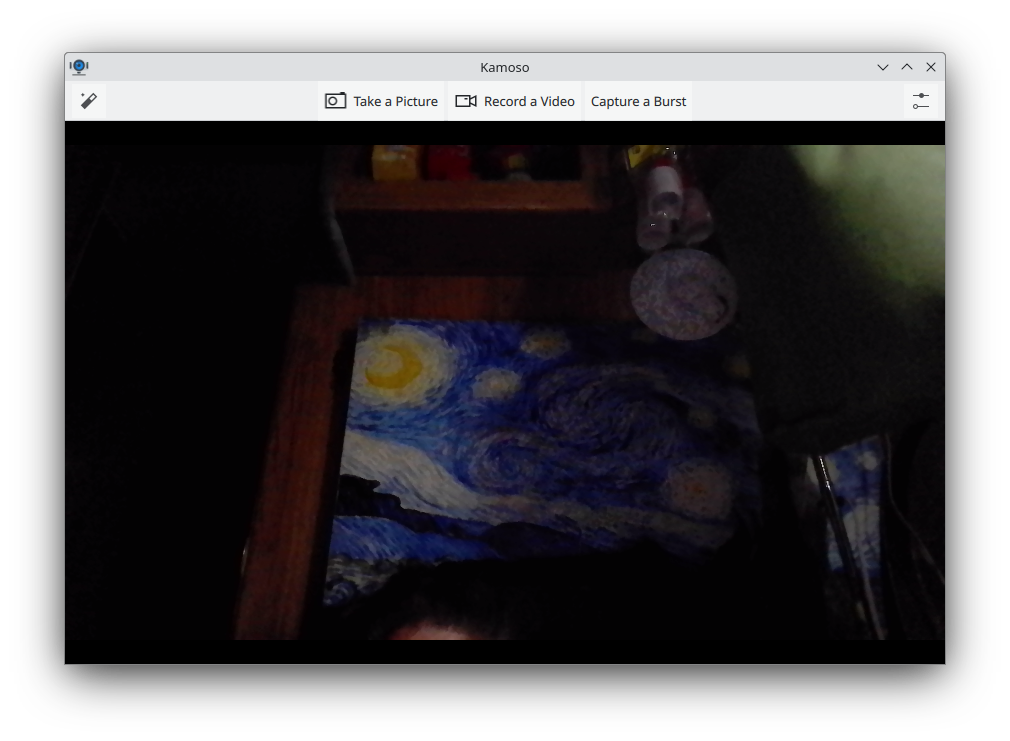 KDE snap Kamoso
KDE snap Kamoso Thunderbird in Debian stable (Bookworm) has received
Thunderbird in Debian stable (Bookworm) has received 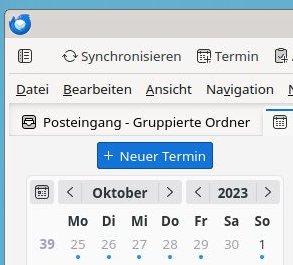 This needs a user CSS file to override the button as non-visible.
To make it process the user CSS Thunderbird needs a config setting to be enabled:
This needs a user CSS file to override the button as non-visible.
To make it process the user CSS Thunderbird needs a config setting to be enabled:
 KDE Mascot
KDE Mascot